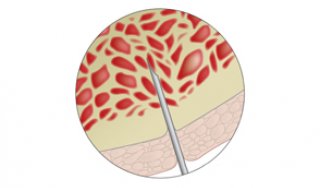Tests, scans and lymphoma staging
Tests and scans help doctors diagnose lymphoma and find out more about it after a diagnosis is confirmed. This helps them plan the best treatment for you. You might have further tests and scans during treatment, follow-up and if you are on active monitoring (‘watch and wait’).
Find out more in this section about the referral process and the tests and scans you might have. You might also be interested in watching our video on scans.

Getting a referral for tests and scans
Your GP is often the first person you speak to if you have concerns about your health or if you feel unwell.
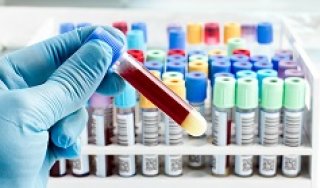
Blood tests
Blood tests give doctors information about your health and help show how lymphoma is affecting your body.
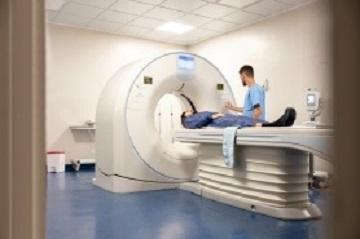
PET, CT, and PET/CT scans
Scans work in different ways to give detailed pictures of the inside of your body.
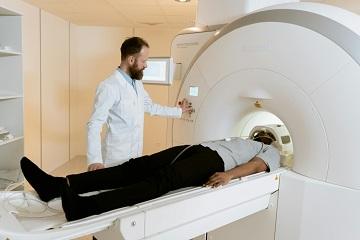
MRI scans
A magnetic resonance imaging (MRI) scan uses a strong magnet and radio waves to make detailed images of the inside of your body.
Find out more
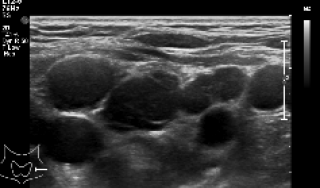
Ultrasound scan and X-ray
These can help doctors diagnose and find out about some types of lymphoma.

Biopsy
A biopsy (tissue sample) is usually needed before a diagnosis of lymphoma can be confirmed.
Bone marrow biopsy
This tests whether you have lymphoma cells in your bone marrow, where blood cells are made.
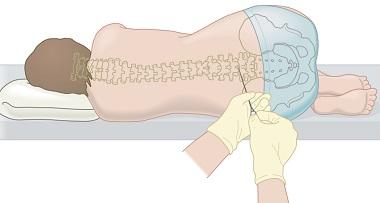
Lumbar puncture
This test shows if you have lymphoma in your central nervous system or (brain, spinal cord and eyes).
Find out more

Waiting for your results
It can take time to get your results. We outline reasons for this and give tips to help cope with the wait.
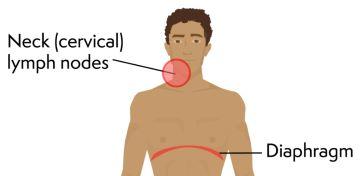
Lymphoma staging
‘Staging’ refers to working out which parts of your body are affected by lymphoma.
Find out more

Your medical team
The team of professionals that plan and manage your lymphoma treatment and care are known as a multidisciplinary team (MDT).
Scans and lymphoma
Dr Manil Subesinghe describes the reasons why you might have scans and what the different scans show.
You might also like to listen to our podcast on the role of the radiologist with Dr Subesinghe.

